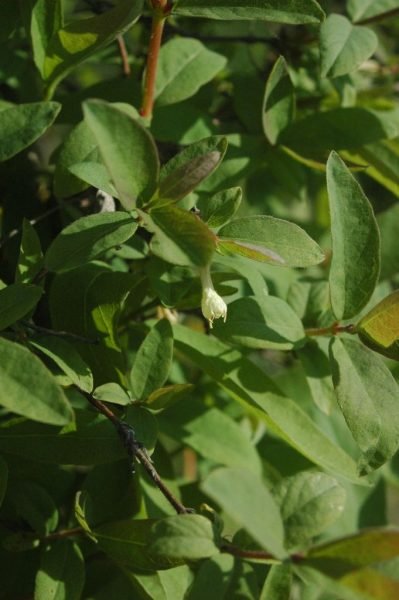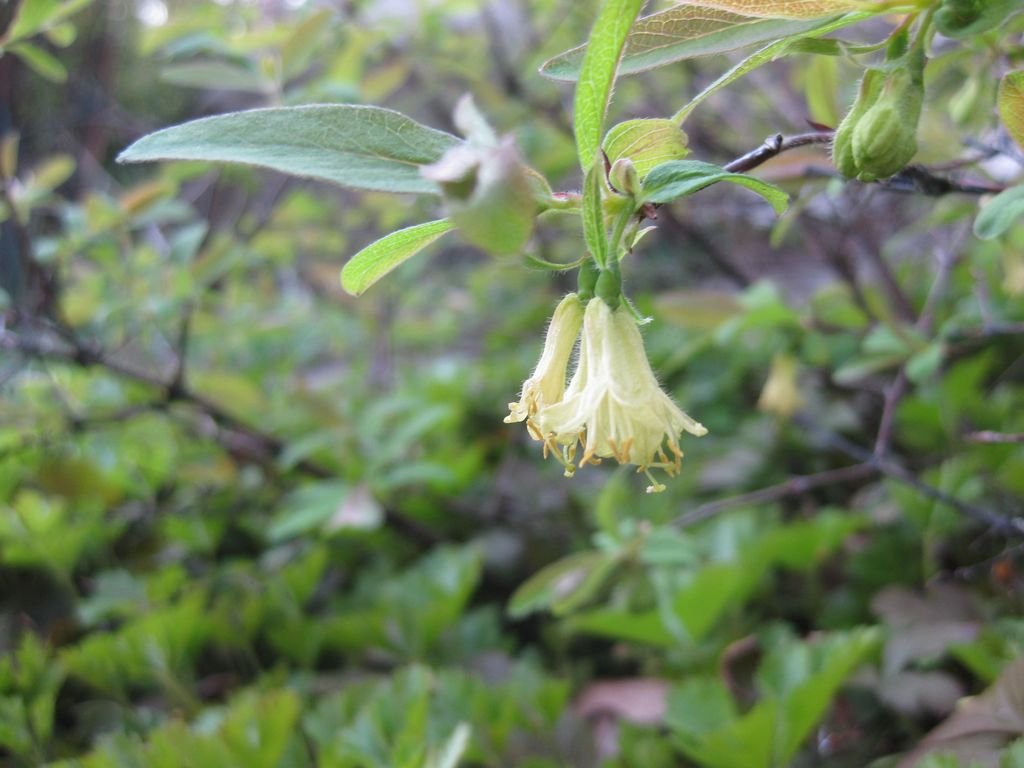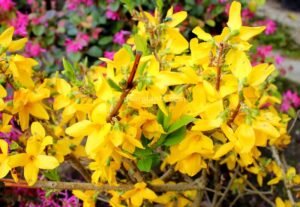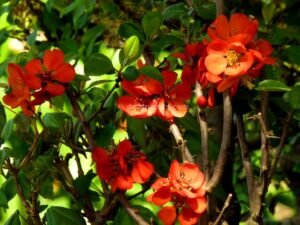Honeyberry (Lonicera caerulea var. kamtschatica) is a plant mainly cultivated for its edible fruits that can grow 50cm – 1.5m tall and 50cm – 1.5m wide. In this growing guide we’ll learn the cultivation details and how to plant Honeyberry (Lonicera caerulea var. kamtschatica).
This plant is commonly known as honeyberry.
This is a deciduous plant that takes 5-10 years to reach full maturity.
In this article
Plant profile
Common name: honeyberry
Scientific name: Lonicera caerulea var. kamtschatica
Plant type: Fruit Edible, Shrubs
Habit: Bushy
Height: 50cm – 1.5m
Spread: 50cm – 1.5m
Foliage: Deciduous
Sunlight: Full Sun, Partial shade
Soil: Chalk, Clay, Loam, Sand
Moisture: Moist but well drained, Well drained
Garden type: Informal Garden, Patio & Container Garden, Wildlife Gardens
Planting type: Hedging & Screens, Wall-side Borders
Other characteristics: Plants for pollinators
Seasonal colors
| Season | Stem | Foliage | Flower | Fruit |
|---|---|---|---|---|
| Spring | ||||
| Summer | ||||
| Autumn | ||||
| Winter |

How to plant Honeyberry (Lonicera caerulea var. kamtschatica) – Eiku, CC BY-SA 4.0, via Wikimedia Commons
[yarpp template=”yarpp-template-genus” require_tax='{“genus”: 1}’]
How to plant
In this section we will learn how to plant Honeyberry (Lonicera caerulea var. kamtschatica), know its needs in terms of soil, watering and sun exposure.
Soil
Honeyberry (Lonicera caerulea var. kamtschatica) is a plant that adapts to all types of soils, chalk, clay, loam or sand.
-
The chalky soil is pale and contains chunks of calcium-rich rock. It is a fertile and well-draining soil, almost always alkaline.
-
Clay soil is composed of more than 25 percent clay particles. These particles have a high moisture holding capacity and the soil is heavy to dig and can be waterlogged in winter (dry in summer).
-
The loam soil is dark, rich in organic matter but balanced in minerals. It offers the best of all worlds, retaining enough water for the plants, but allowing excess moisture to drain away. This is the most desired type of garden soil, perfect for most plants.
-
Sandy soil is light, porous and very easy to drain. It is a soil poor in organic matter and nutrients. It is composed of relatively large mineral particles that allow water to drain quickly.
It is not very sensitive to soil acidity or alkalinity and grows well in soils with pH acid, alkaline or neutral.
Regarding drainage, Lonicera caerulea var. kamtschatica likes to grow in moist but well drained or well drained soils.
Sunlight
Honeyberry (Lonicera caerulea var. kamtschatica) is a plant that should be grown in full sun or partial shade positions.

Cultivation profiles – Growing Honeyberry (Lonicera caerulea var. kamtschatica) – Doronenko 08:29, 9 April 2007 (UTC), CC BY 2.5, via Wikimedia Commons



